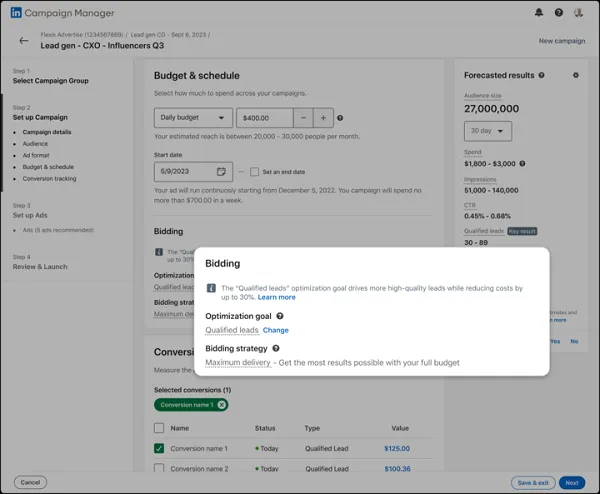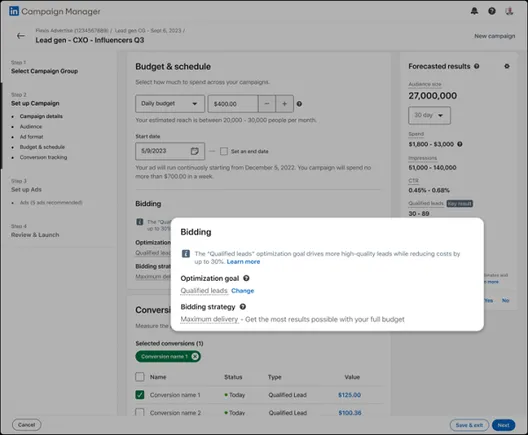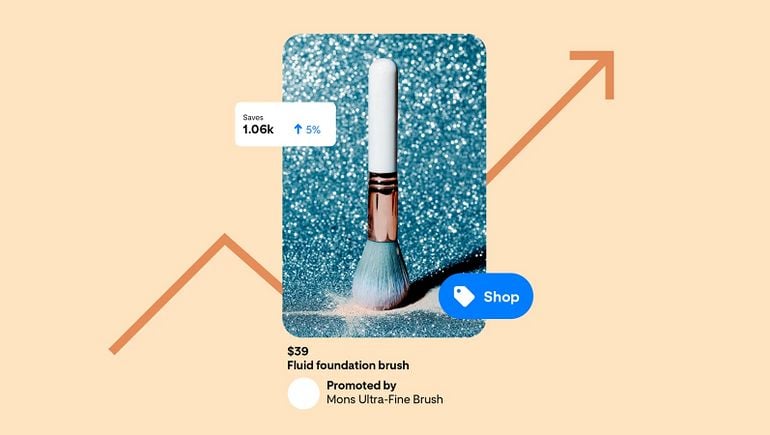LinkedIn’s looking to help businesses generate more leads in the app, by using each businesses’ own parameters around “qualified” leads to optimize its ad targeting.
LinkedIn’s “Qualified Leads Optimization,” which can now be applied to any campaign using the Lead Generation objective, enables brands to set their own definitions around this element, in order to help LinkedIn’s system find similar opportunities.

As explained by LinkedIn:
“By setting up a “qualified leads” conversion event using Conversions API, you can now share high-quality lead data with LinkedIn – whether those leads are captured via third-party websites, CRMs, sales teams, or other offline channels. Using this information, Campaign Manager will match and optimize delivery based on your highest quality leads.”
The process enables advertisers to set a definition of lead quality via their own CRM (more info on LinkedIn CRM integration here), which will then define how LinkedIn’s system targets your promotions in the app.
“You can then send qualified leads to LinkedIn Campaign Manager using the LinkedIn Conversions API. Connecting both online and offline interactions with Conversions API continues to drive tangible ROI for marketers – early results show upwards of 39% decrease in cost per qualified lead.”
So, essentially, the system will try to find a similar ad audience by mirroring your existing opportunities, based on how your business defines “qualified” leads.
That’ll give you more opportunity to customize your ad targeting, and get more specific response based on your own parameters, which could lead to better opportunities.
Though there are also some provisos.
For one, LinkedIn recommends that businesses send at least five qualified leads every two weeks to maximize and maintain systematic understanding.
“A qualified lead can come from your other active lead generation campaigns. For example, you can use a qualified lead conversion from another lead generation campaign in your account. You can share your qualified lead data from your LinkedIn Conversions API, through direct build or a third-party partner, or by manually uploading information.”
Qualified leads data also has to be shared with LinkedIn within 30 days to be included in the optimization of the campaign.
LinkedIn also notes that lead optimization requires a two-week learning phase for peak performance, while the process could also increase your overall cost per lead.
You would need to weigh the benefits of each of these considerations against any performance gains. But in theory at least, if you feed the right data into LinkedIn’s system, the process should help you get your ads in front of increasingly relevant audiences.
It’s a bigger business offering, for larger-scale advertisers, but it could offer new opportunities to optimize performance for those with an established lead qualification system.
You can learn more about LinkedIn’s Qualified Leads Optimization option here.














